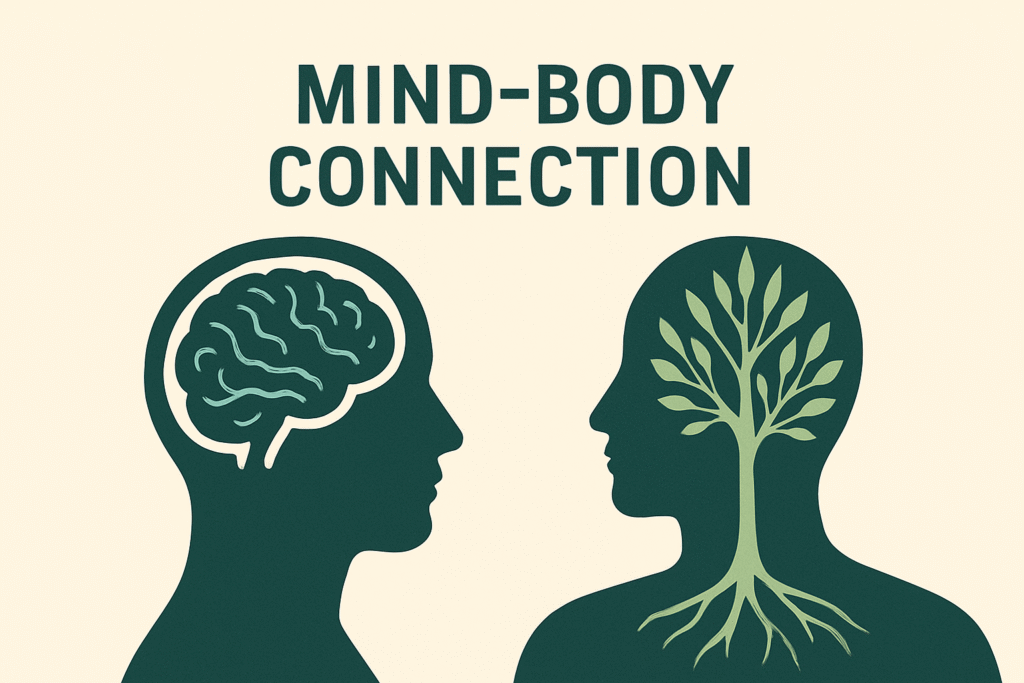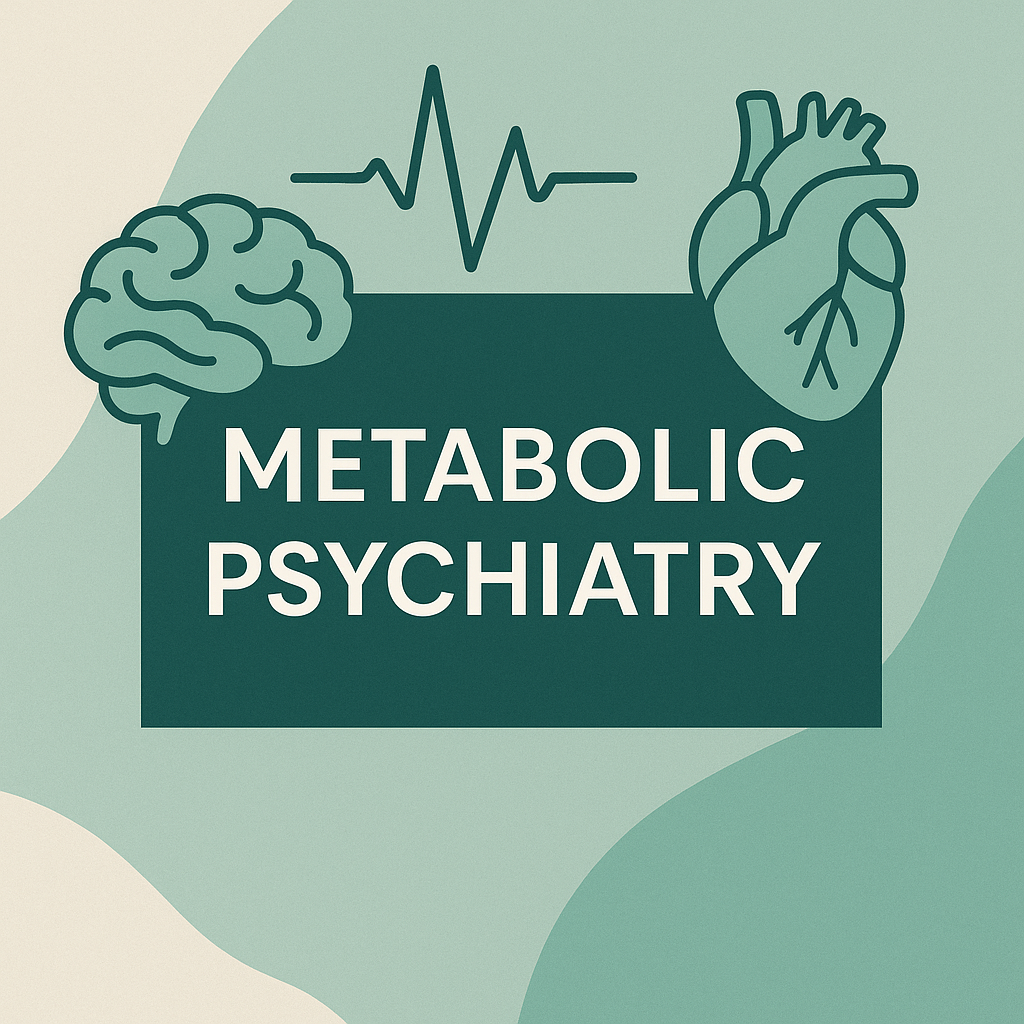At CareSync Psych, we believe that understanding your body’s biology is the first step to achieving balance—both mentally and physically. One of the most talked-about treatments in metabolic psychiatry and weight management today involves GLP-1 receptor agonists. But what exactly are GLP-1s, and how do they work?

What Are GLP-1s?
GLP-1 stands for Glucagon-Like Peptide-1, a naturally occurring hormone secreted by the intestines in response to food intake. As D’Alessio (2016) explains, GLP-1 acts as an incretin hormone—one that helps the body regulate blood glucose by stimulating insulin release and inhibiting glucagon secretion. Beyond glucose control, GLP-1 also affects gastric emptying and sends powerful signals to the brain’s appetite centers, helping individuals feel full sooner and longer.
Essentially, GLP-1 is the body’s natural messenger for satiety and glucose regulation—a bridge between the gut, brain, and pancreas.
Book An Appointment
How GLP-1 Impacts Appetite and Weight
Research by Shah and Vella (2014) highlights GLP-1’s remarkable ability to influence appetite regulation and weight management. When GLP-1 binds to its receptors in the brain, it activates pathways that reduce hunger and promote a sense of satisfaction. This dual effect—reduced caloric intake and improved metabolic efficiency—makes GLP-1 receptor agonists an effective therapeutic option for obesity, insulin resistance, and type 2 diabetes.
In patients without diabetes, GLP-1 medications have also shown benefits in reducing binge-eating behaviors, stabilizing mood through improved energy and metabolic rhythm, and supporting long-term lifestyle changes when combined with therapy and nutrition support.
The Benefits of GLP-1 Therapy
-
Weight reduction: Gradual, sustainable fat loss through appetite control and reduced caloric intake.
-
Improved glucose control: Enhanced insulin secretion and decreased glucagon output.
-
Cardiometabolic protection: Evidence suggests reduced cardiovascular risk factors.
-
Support for emotional regulation: By improving energy stability and sleep, patients often experience better mood regulation and cognitive clarity.
At CareSync Psych, we see GLP-1 therapies as part of a whole-person metabolic care model, integrating biological, psychological, and behavioral strategies for long-term healing.
Potential Drawbacks and Considerations
While GLP-1 therapies are promising, they aren’t a one-size-fits-all solution. Common side effects may include nausea, constipation, diarrhea, and early satiety, particularly when doses are increased too quickly. Rarely, pancreatitis and gallbladder issues can occur. As D’Alessio (2016) notes, the hormone’s natural role in slowing gastric emptying can sometimes cause gastrointestinal discomfort.
Equally important are the psychological expectations—GLP-1 medications are tools, not shortcuts. They work best when combined with therapy, nutrition education, and behavioral strategies to rewire one’s relationship with food and self.
References
-
D’Alessio, D. (2016). Is GLP‐1 a hormone: Whether and When? Journal of Diabetes Investigation, 7, 50–55.
-
Shah, M., & Vella, A. (2014). Effects of GLP-1 on appetite and weight. Reviews in Endocrine and Metabolic Disorders, 15(3), 181–187.


